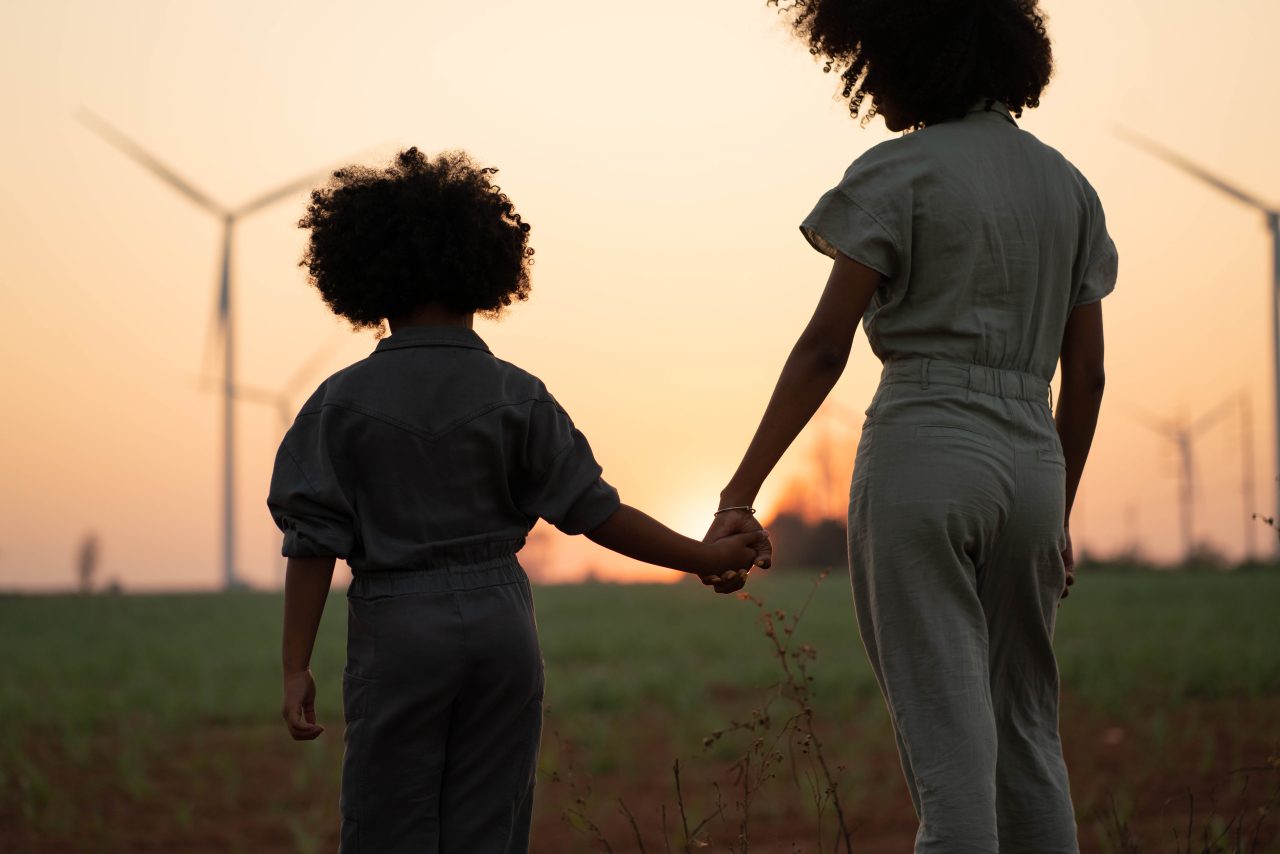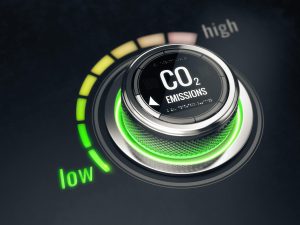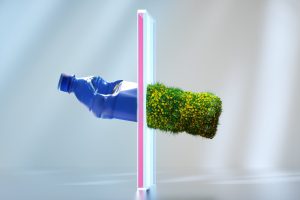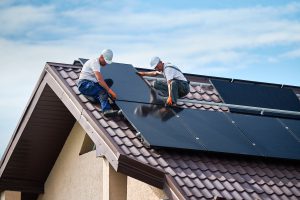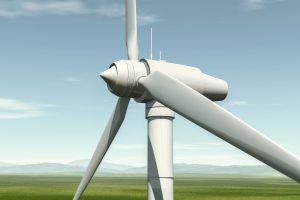If we stop making plastic, would that help or hurt our fight against climate change?
It would hurt. Here’s why.
Plastic is typically more efficient than alternative materials.
Remember the famous line in the movie The Graduate? “Just one word… plastics.”
Well, let’s add just one more word. Efficiency.
Plastic is a group of modern materials that’s replacing legacy materials primarily for one reason: efficiency.
Lightweight yet strong plastic used in packaging and products is typically more efficient than alternative materials (e.g., glass, paper, aluminum and steel). How much more efficient? On average alternatives require roughly four times more material (by weight) to perform the same function as plastic.
Alternatives to plastic = four times more material
This efficiency pays off in reduced energy use and greenhouse gas emissions (GHGs). While studies vary a bit, lifecycle studies typically show that use of plastic in products and packaging results in approximately 2.5 times less GHGs than other common materials. Likewise, switching back to alternative materials would increase GHGs by 2.5 times.
Plastic = 2.5 times less GHGs
Plastic helps us do more with less:
- Less material
- Less energy required to ship products
- Less greenhouse gas emissions
Modern, lightweight, efficient plastic is essential to our everyday lives… and our fight against climate change.
Here are the specifics…

